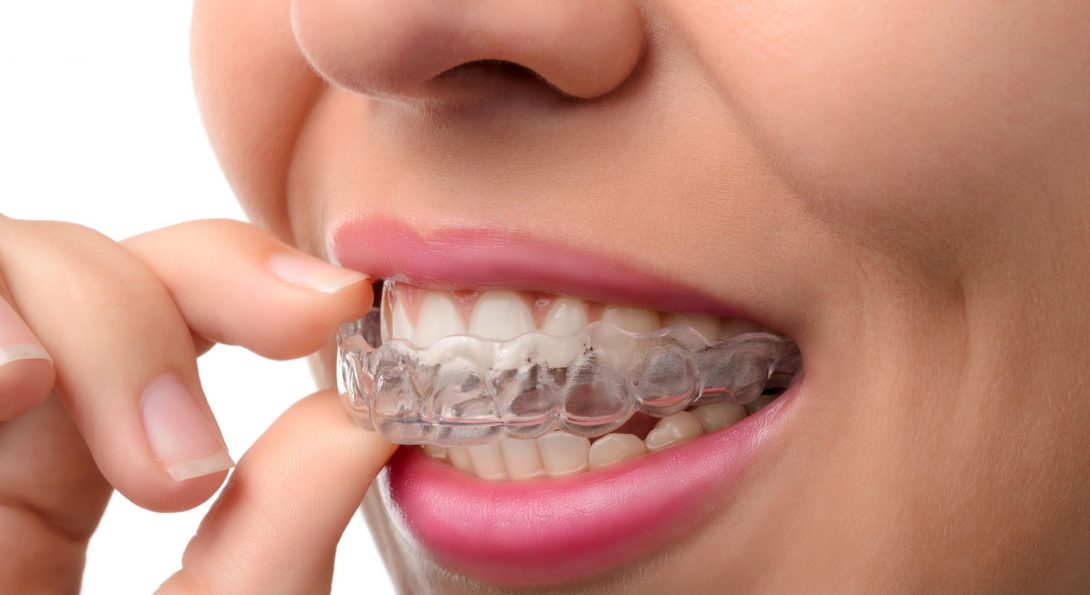Can your teeth shift after braces? Achieving a beautifully aligned smile through braces is a transformative journey that impacts both appearance and oral health. However, a common concern that arises is whether teeth can shift after braces. This article delves into this topic, explaining the mechanisms behind teeth shifting, why it happens, and most importantly, how to prevent it.
Can Your Teeth Shift After Braces?: How Braces Move Teeth
Teeth, seemingly simple structures, are intricate systems of nerves, roots, bones, and connective tissue. Orthodontists use braces to gradually shift teeth into their desired positions. Braces consist of brackets, archwires, and bands that apply gentle pressure to encourage teeth movement. Invisalign treatments work similarly, using removable aligner trays to create tension over the teeth.
The Normalcy of Post-Braces Teeth Movement
Yes, teeth can shift after braces, but this is not a cause for alarm. The flexible ligaments attaching teeth to the jawbone allow for both teeth movement during orthodontic treatment and potential shifting afterward. To counteract this, measures are taken towards the end of treatment to prevent significant shifts.
Understanding Why Teeth Shift After Braces
Teeth shifting post-braces is influenced by various factors, such as chewing, talking, aging, teeth grinding, and gum disease. When braces are removed, the pressure on the teeth is relieved, and the lack of support can lead them to shift back to their original positions. Chewing exerts force, talking engages facial muscles, and tooth loss creates gaps that surrounding teeth may fill. Additionally, aging and conditions like teeth grinding and gum disease contribute to the reshaping of the smile.
The Speed of Teeth Shifting After Braces
Immediately after braces are removed, the ligaments holding teeth in place remain soft. While shifts may not be immediately apparent, they begin soon after. This underscores the importance of wearing a retainer after treatment to maintain the new alignment.
The Duration of Teeth Shifting
Braces, though worn for months or even years, only represent a short period in the context of life. Depending on the treatment plan, it may take up to three years to fully align teeth. After treatment, teeth can take several years to gradually shift back to their original positions. Wearing retainers for about nine months after braces can minimize post-treatment shifting, and part-time retainer usage is often recommended for lifelong maintenance.
Recognizing Shifting Teeth
Subtle changes in your smile may indicate shifting teeth. Comparing current teeth alignment with past photographs can help identify shifts. Signs of shifting include tight retainers, tooth sensitivity due to gaps forming, and observable changes in your smile’s appearance.
Preventing Teeth Shifting After Braces
To preserve the results of your orthodontic journey, several strategies can be employed:
- Removable Retainers: After treatment, full-time retainer wear is initially recommended, which can transition to wearing them only during sleep. Wire and clear retainers are common options
- Fixed Retainers: These are permanently bonded wires placed behind the teeth to prevent front teeth from shifting. Regular orthodontist check-ups are crucial for maintenance
- Mouthguards: Essential for protecting teeth during sports or night grinding (bruxism), mouthguards can contribute to maintaining teeth alignment
- Oral Hygiene: Regular brushing, flossing, and dental cleanings support gum health and prevent bacterial penetration that can weaken tooth-supporting tissues
Conclusion: Can Your Teeth Shift After Braces?
Understanding the possibility of teeth shifting after braces empowers individuals to take preventive measures. While some natural shifts may occur, diligent care can substantially reduce post-treatment changes. Embracing retainers, adopting good oral hygiene practices, and considering mouthguards are essential steps to safeguarding the results of your orthodontic journey. So, as you embark on the path to a straighter smile, remember that your commitment to maintenance will play a pivotal role in keeping your teeth beautifully aligned for years to come.





















Discussion about this post